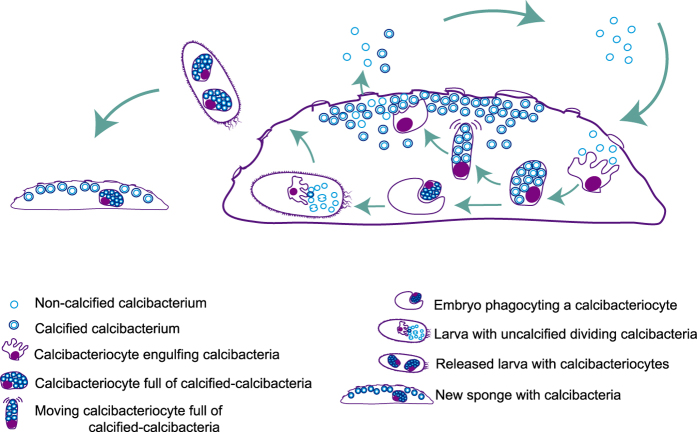Figure 7. Proposed cycle of calcibacteria acquisition and vertical transmission to sponge settlers.
Uncalcified calcibacteria enter the sponge with the inhaled water, are engulfed by the sponge ameboid archeocyte-like cells (calcibacteriocytes), which place them in cell vacuoles where bacteria calcification follows. Calcibacteria-full calcibacteriocytes move to the sponge periphery, where they disintegrate releasing the calcified calcibacteria, which accumulate forming a cortical calcareous layer. Embryos engulf maternal calcibacteriocytes during the maturation process. Maternal calcibacteriocytes disintegrate, releasing the calcibacteria to the larva mesohyl, where the extracellular pH conditions would prevent their calcification. Uncalcified calcibacteria divide in the larval mesohyl until they are captured by larval calcibacteriocytes where they calcified. Free larvae carry out calcibacteriocytes, and the cycle resume after larval settlement.

